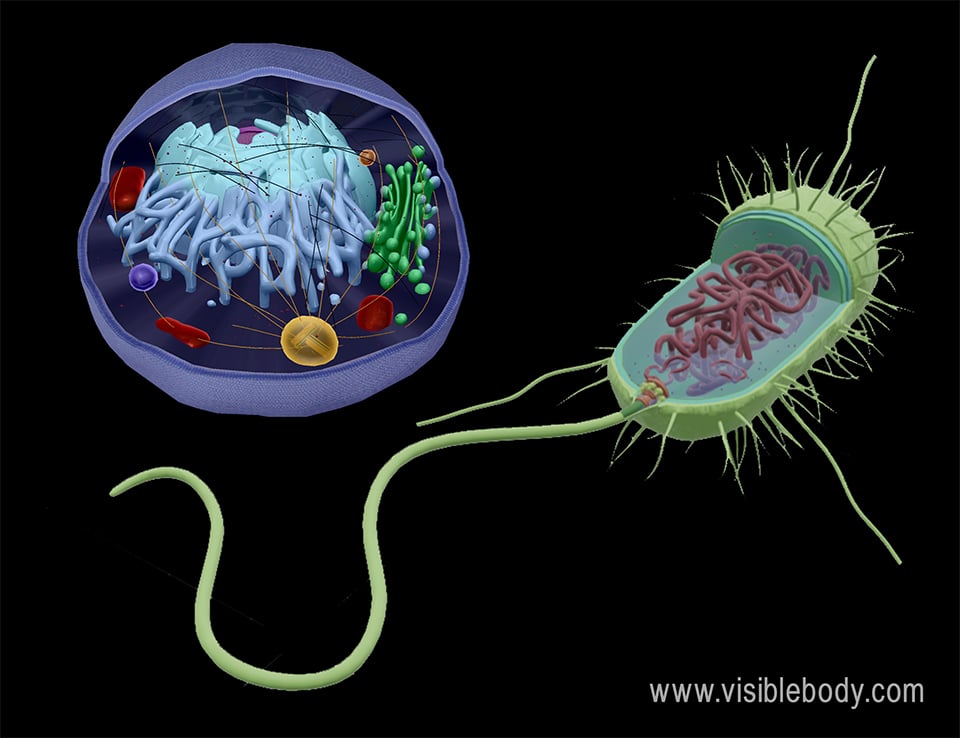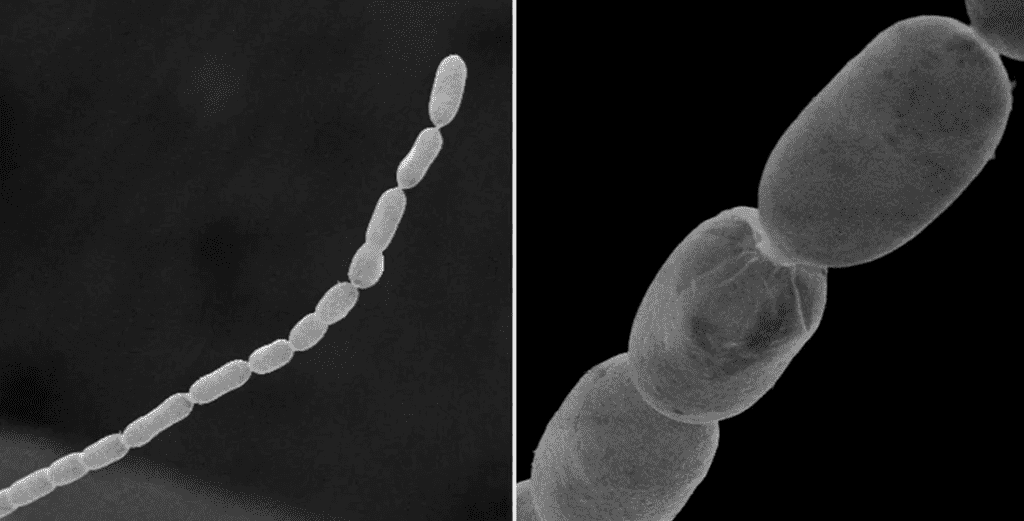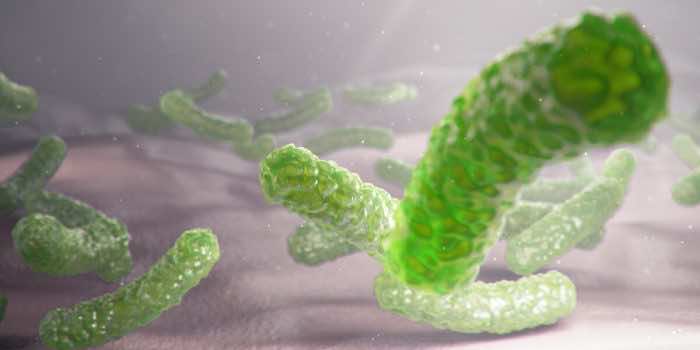Scientists discovered an extraordinarily huge bacteria that can be seen without a microscope that lives amid the mangroves of Grande-Terre in the Caribbean.
According to a study published on bioRxiv, the single-celled creature may grow to be 0.78 inches (2 cm) long and resemble a thin string. Unlike other bacteria, the bacterium carries all of its DNA inside a membranous pouch, whereas most bacteria’s genetic material floats freely within their cells. This separates the newly discovered microorganism from ordinary bacteria and other prokaryotes – a group of creatures with very tiny, basic cell structures.

Animals, plants, and fungi, in contrast to prokaryotes, have more sophisticated cells that contain a nucleus and other membrane-bound organelles. The discovered massive microbe straddles the boundary between prokaryote and eukaryote in that it transports its DNA in a membrane-bound pouch. Also, it transports a second, big pouch full of water, accounting for more than 70% of the cell’s total volume.

This water-filled pouch squishes all of the cell’s components up against its outermost border, which may help life-sustaining chemicals permeate into the cell more easily while toxins pass quickly out.
A huge, sulfur-eating bacteria of the genus Thiomargarita carries the same type of water-filled pouch. Based on this similarity and a genetic study, the researchers determined that the newest bacterium likely belongs to the same species. They recommended naming the enormous microorganism T. magnifica.

According to Kazuhiro Takemoto, a computational biologist at Kyushu Institute of Technology, the massive bacteria “could be a missing link in the evolution of complex cells,”
“All too often, bacteria are thought of as small, simple, ‘unevolved’ life-forms — so-called ‘bags of proteins,'” Chris Greening, a microbiologist at Monash University who was not involved in the study, told Science. “But this bacterium shows this couldn’t be much further from the truth.”
Source: Science


